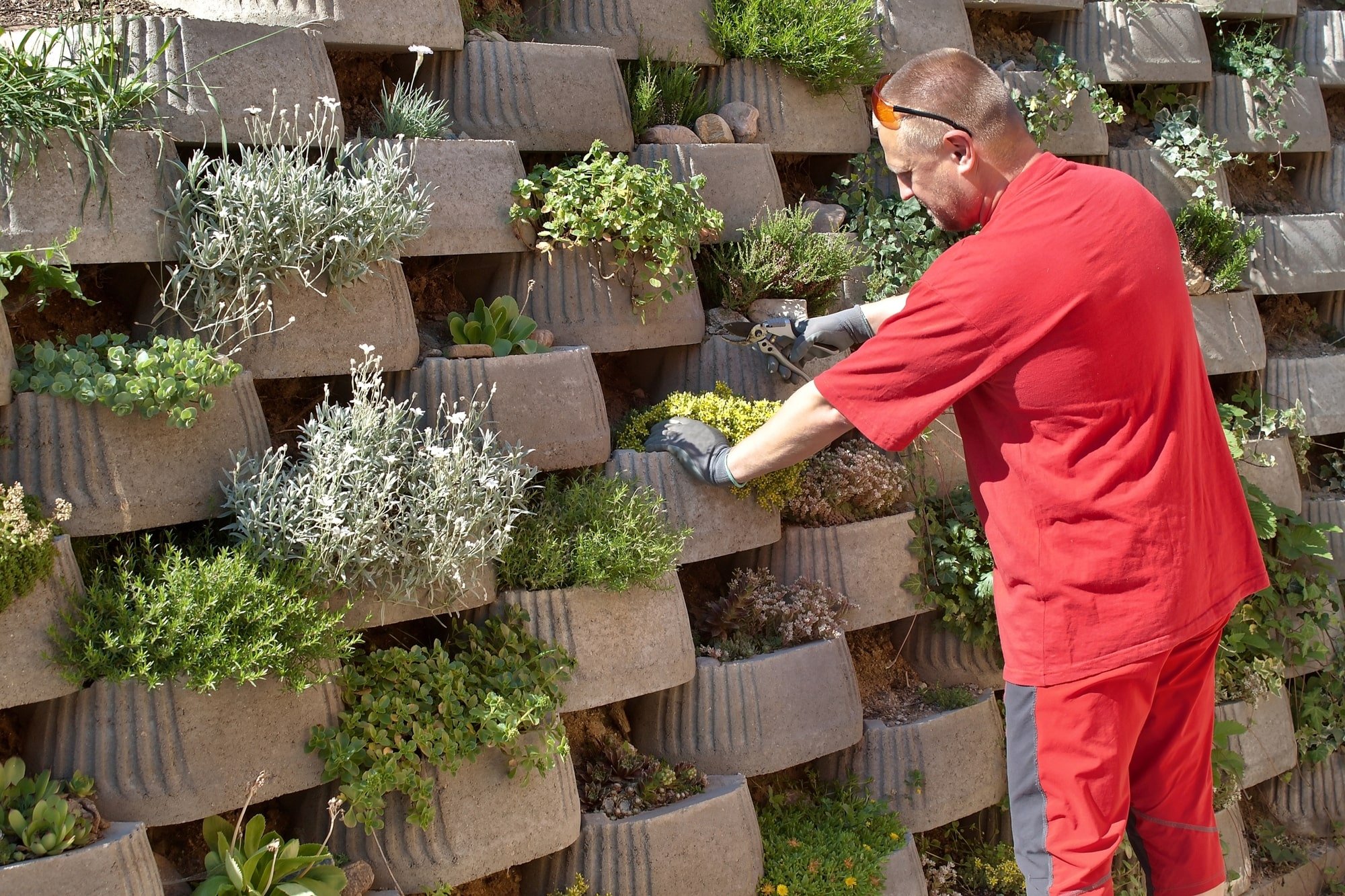

A retaining wall is a great way to control erosion and enhance your property’s beauty. To avoid future trouble, there are a few things to consider before building one. If it’s not constructed the right way, then you may have to deal with repairs, fines, and property damage later on. If you want a reliable retaining wall that will look good and get the job done, then take a look at this helpful list of things to consider when building a retaining wall.
Do
Choose the Right Wall
Not all retaining walls are the same. There are many types of retaining walls to choose from. Anchored walls are good for yards with extra space, and sheet-piling walls are great for soft soils. Gravity retaining walls are usually made with stone blocks, and reinforced retaining walls use steel bars to support a high slope. Every kind of wall has a different purpose and aesthetic, so you want to be sure to choose a type with your goals, needs, and constraints in mind.
Consult With a Professional
While retaining walls are relatively simple to construct, you may run into some difficulties along the way. Your retaining wall’s placement and effectiveness are highly reliant on your yard’s layout, soil composition, and weather. You don’t want your wall to fail, so it’s a good idea to reach out to an expert. A professional contractor can help you figure out the best way to approach your wall.
Use Quality Materials
Like anything else, your wall is only as good as the materials that it’s made out of. Before choosing your construction materials, you should research their pros and cons. It may be tempting to cut corners to save money, but that could affect the quality of your wall. Your wall should have a long life and do its job well, so you should only use high-quality materials that will withstand the pressures of your local weather and soil conditions.
Follow Local Regulations
In many municipalities, your retaining wall cannot exceed a certain height, and there may be restrictions on your retaining wall’s proximity to the property line. Since retaining walls can affect the flow of water, your options may be limited by local, state, or federal environmental protections. Ignorance of the law won’t protect you from a fine or lawsuit, so it’s a good idea to contact an expert before starting any construction on your property.
Use a Level Surface
If your retaining wall is not level, then it will slowly start lean and crumble. The whole point of your wall is to hold back soil and water. To ensure that your retaining wall can perform its job well without needing to be replaced soon after it’s installed, you need to start with a level surface.
Don’t
Rush
Naturally, you don’t want your wall to take forever, but that doesn’t mean that you should rush it. If you try to erect your retaining wall too quickly, then you’re prone to make mistakes. Mistakes will come back to bite you down the road, so it’s important to take your time and do the best work possible.
Forget to Backfill
Once it’s up, you need to fill the gaps behind your retaining wall with gravel, sand, landscaping fabric, and similar materials. Failure to adequately backfill your wall will result in drainage issues and cumulative damage. If you want your retaining wall to last, then you should make sure not to leave any gaps.
Poorly Stack the Blocks
Just like how a chain is only as strong as its weakest link, your retaining wall is only as strong as its weakest block. To ensure longevity and functionality, every block needs to be properly placed. Your wall works best when every layer’s blocks are symmetrical. For the best results, take your time to measure and place each block.
Build Near Roots, Trees, and Bushes
Roots will warm your retaining wall over time. If possible, your retaining wall should be built far away from trees and bushes with robust root networks. To better determine how to approach your retaining wall, you should contact a landscaping professional in your area. They have experience dealing with local plants, and they can help you figure out how to build around the plants on your property.
